Home>Garden Essentials>How Long To Grow Onions From Seed
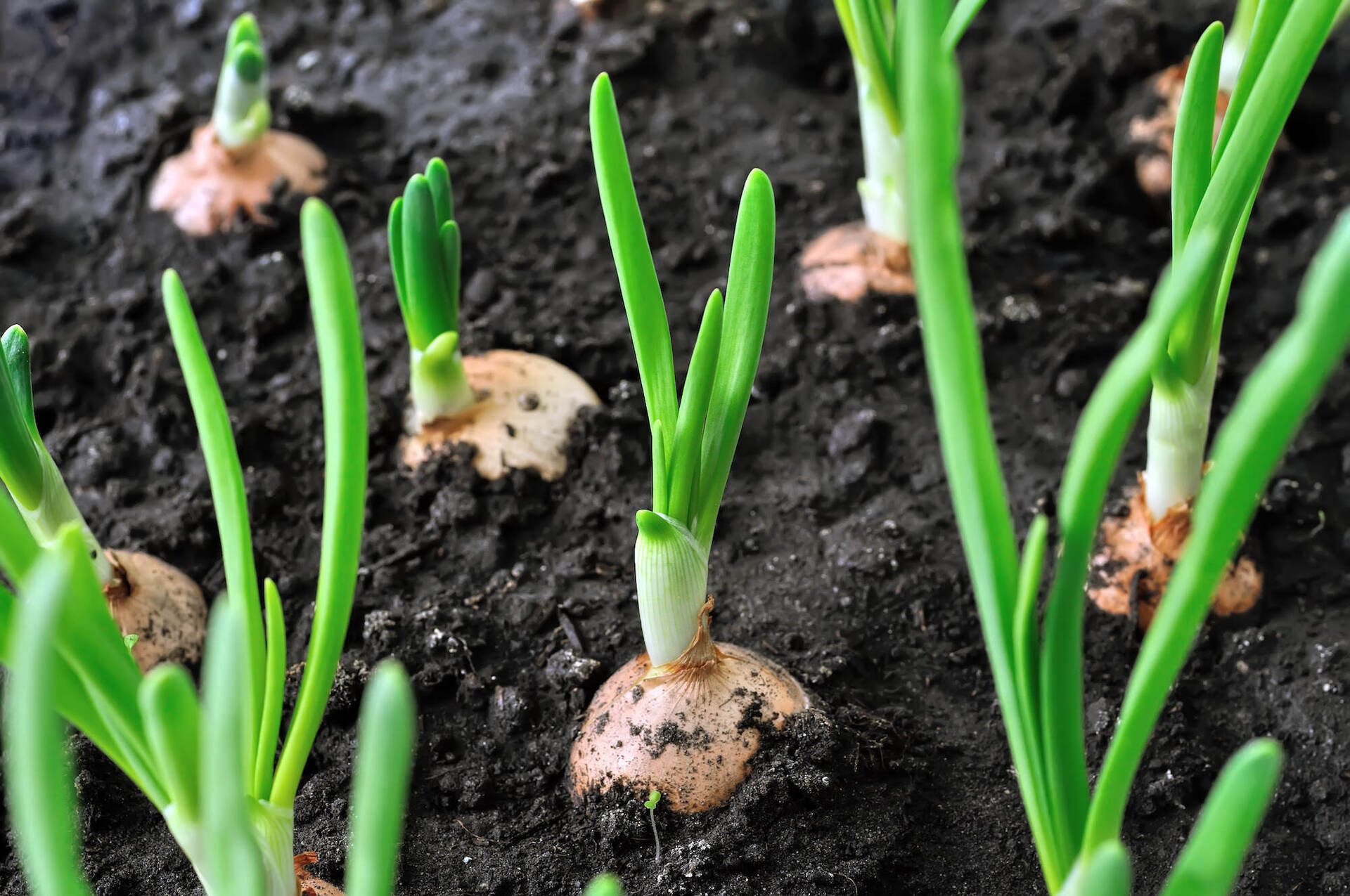

Garden Essentials
How Long To Grow Onions From Seed
Modified: March 15, 2024
Discover how long it takes to grow onions from seed in your garden. Get expert tips and guidance for successful onion cultivation.
(Many of the links in this article redirect to a specific reviewed product. Your purchase of these products through affiliate links helps to generate commission for Storables.com, at no extra cost. Learn more)
Introduction
Welcome to your comprehensive guide on how long it takes to grow onions from seed. Onions are a versatile and flavorful addition to any garden, and growing them from seed allows you to have a wide variety of onion types to choose from. Whether you are a seasoned gardener or just starting out, this article will provide you with all the information you need to successfully grow onions from seed.
Growing onions from seed is a rewarding process that requires a bit of patience and planning. By starting onions from seed, you have the advantage of being able to select from a wide range of onion varieties, each with its own unique flavor, size, and storage potential. Additionally, starting from seed allows you to closely monitor the entire growth process and ensure that your onions are grown in a way that aligns with your gardening practices.
Onions are a cool-season crop, meaning they thrive in cooler temperatures rather than heat. Therefore, it is best to start growing onion seeds indoors, in a controlled environment, before transplanting them outdoors. This way, you can take advantage of the optimal growing conditions for onions and ensure a successful harvest.
In this guide, we will cover everything from choosing the right onion seeds to harvesting and storing your onions. Whether you are growing onions for their culinary uses or simply to add beauty to your garden, we have you covered. So grab your gardening gloves and let’s dive in!
Key Takeaways:
- Choose onion seeds based on your location, culinary preferences, and storage needs. Consider factors like day length, disease resistance, and seed quality for a successful harvest.
- Prepare the soil with organic matter, provide consistent watering, and manage weeds and pests for healthy onion plants. Harvest, cure, and store onions properly for long-lasting flavor and usage.
Read more: How Do You Grow Onions From Seed
Choosing Onion Seeds
When selecting onion seeds, there are a few factors to consider to ensure a successful and enjoyable growing experience. Here are some key points to keep in mind:
- Variety: Onions come in various shapes, sizes, and flavors. Some are better suited for cooking, while others are milder and perfect for eating raw in salads. Research different onion varieties to find the ones that best suit your culinary preferences.
- Day Length: Onions are categorized as either short-day, long-day, or intermediate-day varieties, based on their daylight requirements for bulb formation. Short-day onions require 10-12 hours of daylight, making them suitable for growing in southern regions. Long-day onions need 14-16 hours of daylight, making them ideal for northern areas. Intermediate-day onions fall somewhere in between. Choose the appropriate day length variety for your location.
- Storage Life: Some onion varieties have a longer shelf life and can be stored for several months, while others are better for immediate consumption. If you’re planning on storing your onions, look for varieties with excellent storage potential.
- Disease Resistance: Certain onion varieties are more resistant to common diseases like onion rot or downy mildew. Look for seeds that are labeled as disease-resistant to increase your chances of a healthy harvest.
- Seed Quality: Always choose high-quality onion seeds from a reputable supplier. Check for the germination rate mentioned on the seed packet to ensure that you are getting viable seeds. Freshness is crucial, so it’s best to buy seeds for the current growing season.
- Organic or Heirloom: If you prefer to go organic or grow heirloom varieties, make sure to look for certified organic or heirloom onion seeds. These seeds are produced without the use of synthetic chemicals or pesticides and help support biodiversity.
Remember to read the seed packet or consult with a knowledgeable gardening expert for specific information on each variety. Taking the time to choose the right onion seeds will set the stage for a successful and satisfying harvest.
Preparing the Soil
Before planting your onion seeds, it’s important to prepare the soil properly. Onions thrive in well-draining soil that is rich in organic matter. Here are some steps to follow for soil preparation:
- Choose the Right Location: Onions prefer full sun, so choose a location in your garden that receives at least 6-8 hours of direct sunlight each day.
- Clear the Area: Remove any existing weeds, rocks, or debris from the planting area. Onions can be easily crowded out by weeds, so it’s important to start with a clean growing space.
- Amend the Soil: Work organic matter, such as compost or well-rotted manure, into the soil to improve its fertility and drainage. This will provide a nutritious foundation for your onion plants. Aim for a pH level of 6.0-7.0, as onions prefer slightly acidic to neutral soil.
- Loosen the Soil: Onions develop best in loose soil, so use a garden fork or tiller to loosen the soil to a depth of 8-10 inches. This will help the roots penetrate easily and allows for proper bulb formation.
- Level the Soil: Rake the soil to remove any clumps or large stones, creating a smooth and level surface for planting.
- Apply a Balanced Fertilizer: Prior to planting, apply a balanced organic fertilizer to provide essential nutrients. Follow the package instructions for recommended application rates.
- Consider Adding Mulch: Applying a layer of organic mulch, such as straw or wood chips, around the base of your onion plants can help retain soil moisture and suppress weed growth. Mulch also acts as an insulator, protecting the plants from extreme temperature fluctuations.
By taking the time to properly prepare your soil, you are creating optimum growing conditions for your onion plants. This will contribute to healthier plants and a better yield at harvest time.
Planting Onion Seeds
Now that you have chosen your onion seeds and prepared the soil, it’s time to plant the seeds. Follow these steps for successful onion seed planting:
- Timing: Onion seeds can be planted either indoors or directly in the garden. For indoor sowing, start seeds 8-10 weeks before the last frost date in your area. If planting directly in the garden, wait until the soil has warmed up and become workable.
- Spacing: Onions need space to grow and develop, so make sure to provide adequate spacing. Plant the seeds about 1/4 inch deep in rows that are 12-18 inches apart. Leave a gap of 4-6 inches between each seed to allow ample room for the onion bulbs to expand.
- Watering: After planting the onion seeds, water the soil thoroughly. Make sure the soil is evenly moist, but not waterlogged, throughout the germination and growth period. Onions have shallow roots, so consistent watering is essential.
- Thinning: As the onion seedlings emerge and grow, they will start to crowd each other. Once the seedlings are around 2-3 inches tall, thin them out. Leave the strongest and healthiest seedlings, spacing them about 3-4 inches apart. Thinning allows the remaining plants to have enough room to develop into full-sized bulbs.
- Transplanting: If you started your onion seeds indoors, you will need to transplant the seedlings to the garden when they are around 6-8 inches tall. Choose a cloudy or overcast day for transplanting to minimize stress on the young plants. Dig a small hole for each seedling, gently transplant them, and water the soil immediately.
- Provide Support: Onion plants can sometimes grow top-heavy as the bulbs develop. To prevent them from falling over, gently push soil around the base of the plants to provide support. This will help the onion plants remain upright and prevent them from bending or breaking.
Remember to monitor the moisture levels of the soil and water as needed throughout the growing season. With the right care and attention, your onion seeds will germinate and transform into healthy seedlings ready for a bountiful harvest.
Watering and Fertilizing
Proper watering and fertilizing are crucial for the growth and development of your onion plants. Here’s what you need to know:
- Watering: Onions require consistent moisture, especially during the bulbing stage. Keep the soil evenly moist, but not waterlogged, throughout the growing season. Water deeply, ensuring the soil is thoroughly soaked, but allow the top inch of soil to dry out slightly before watering again. Avoid overwatering, as it can lead to root rot and other water-related issues.
- Irrigation: Using soaker hoses or drip irrigation systems is highly recommended for watering onions. These methods deliver water directly to the soil, keeping the foliage dry and minimizing the risk of diseases.
- Fertilizing: Onions benefit from regular fertilization to ensure optimal growth and size. Apply a balanced fertilizer with a ratio of 10-10-10 or a similar NPK formulation every 2-3 weeks during the initial stages of growth. As the plants approach bulbing, switch to a fertilizer higher in phosphorus (P) and potassium (K) to promote bulb development. Follow the package instructions for proper application rates.
- Organic Fertilizers: If you prefer organic gardening practices, there are several natural fertilizers you can use for onions. Compost, well-rotted manure, and bone meal are excellent organic options that enrich the soil with essential nutrients gradually.
- Feeding Frequency: It’s important not to over-fertilize onions, as this can lead to excessive leaf growth at the expense of bulb development. Follow the recommended feeding frequency and adjust based on the appearance of the plants. If the foliage becomes excessively lush, reduce the frequency of fertilization.
- Foliar Feeding: In addition to soil fertilization, you can also provide a boost to your onion plants by foliar feeding. This involves applying a water-soluble fertilizer directly to the foliage. Use a diluted fertilizer solution and spray it onto the leaves, ensuring thorough coverage. Foliar feeding can be done every 2-3 weeks during the active growth period.
By providing consistent moisture and balanced nutrition, you are setting the stage for healthy and robust onion plants. Monitor the plants regularly for any signs of nutrient deficiencies or excesses, and adjust your watering and fertilizing practices accordingly.
Onions take about 3-4 months to grow from seed to harvest. Start seeds indoors 8-10 weeks before the last frost, then transplant them outside once the soil is workable. Keep the soil moist and provide plenty of sunlight for best results.
Read more: How Long To Grow Spinach From Seed
Managing Weeds
Weeds can compete with your onion plants for vital nutrients, water, and sunlight, so it’s important to manage them effectively. Here are some tips to keep those pesky weeds under control:
- Mulching: Applying a layer of organic mulch around your onion plants can help suppress weed growth. Mulch acts as a physical barrier, preventing weed seeds from germinating and making it easier to pull out any weeds that do manage to emerge. Apply a layer of mulch, such as straw, wood chips, or shredded leaves, around the base of the plants, ensuring not to cover the onion stems.
- Hand Pulling: Regularly inspect your onion beds and hand-pull any weeds that manage to sprout. Be diligent in removing weeds while they are still small to prevent them from establishing a strong root system and spreading further.
- Cultivation: Gently cultivating the soil around your onion plants can disrupt weed growth and prevent them from taking hold. Use a hoe or hand cultivator to carefully loosen the soil surface, being cautious not to damage the onion roots. This process cuts off the weed’s roots and exposes them to the sun, eventually causing them to wither.
- Timing: It’s best to weed your onion beds when the soil is slightly moist after a rain or watering session. Moist soil makes it easier to remove weeds, as their roots are less likely to break off and regrow. Avoid weeding on hot, dry days when the soil is hard and compacted.
- Preventative Measures: Taking preventative measures can also help minimize weed growth. Before planting onions, remove any existing weeds or grass in the area. Consider using weed barrier fabric or landscape fabric around onion plants to further suppress weed growth.
- Companion Planting: Some companion plants, such as marigolds and basil, have natural weed-suppressing properties. Interplanting these companion plants with your onions can help reduce weed competition and add beauty to your garden at the same time.
Managing weeds requires regular attention and effort, but by implementing these strategies, you can keep your onion beds relatively weed-free. Remember to stay consistent with your weeding practices throughout the growing season to maintain healthy and productive onion plants.
Protecting Against Pests and Diseases
Just like any other plants, onions are susceptible to pests and diseases. Taking preventative measures and promptly addressing any issues can help protect your onion plants. Here are some tips to protect your onions:
- Choose Disease-Resistant Varieties: When selecting onion seeds or sets, choose varieties that are known for their resistance to common onion diseases. Disease resistance can significantly reduce the risk of your plants becoming infected.
- Rotate Crops: Avoid planting onions in the same location year after year. Practice crop rotation by alternating the planting location of your onions with unrelated plants. This helps prevent the buildup of diseases and pests in the soil.
- Practice Good Sanitation: Keep your garden clean and free of debris, as decaying plant matter can harbor pests and diseases. Remove any fallen leaves, onion trimmings, or plant debris from the garden and dispose of them properly.
- Monitor for Pests: Regularly inspect your onion plants for any signs of pests, such as aphids, onion maggots, or thrips. These pests can cause damage to the foliage and bulbs. If you notice any pests, take immediate action to control their population.
- Natural Pest Control: Encourage beneficial insects, such as ladybugs and lacewings, by planting companion plants that attract them. These beneficial insects feed on pests and help keep their populations in check. Additionally, spraying a mixture of neem oil and water can help deter pests without causing harm to your onion plants.
- Fungal Disease Prevention: Onions are vulnerable to fungal diseases such as downy mildew and onion rot. To prevent fungal infections, avoid overhead watering and ensure proper spacing between plants for good air circulation. Applying a fungicide labeled for use on onions can help protect against fungal diseases, especially during periods of high humidity or excessive rainfall.
- Virus Prevention: Onion plants can sometimes be affected by viral diseases such as onion yellow dwarf virus or onion mosaic virus. Preventing viral diseases is mainly achieved by practicing good sanitation and removing infected plants promptly. Additionally, controlling aphid populations, as they can transmit viruses, can help reduce the risk of infection.
By implementing these preventive measures and staying vigilant, you can greatly reduce the likelihood of pests and diseases affecting your onion plants. Early detection and prompt action are key to protecting your onion crop and ensuring a successful harvest.
Harvesting Onions
Knowing when and how to harvest onions is crucial to ensure that you get the best flavor and long-lasting storage ability. Here are the steps to follow when harvesting your onions:
- Observation: Pay close attention to the onion plants as they near maturity. The foliage will start to turn yellow and begin to flop over. This is an indication that the onions are reaching maturity and are ready for harvest.
- Timing: Onions are typically ready to harvest around 100-120 days after planting, but this can vary depending on the variety and growing conditions. Refer to the seed packet or variety information for an estimated harvest time frame.
- Test Harvest: To determine if your onions are ready for harvest, choose one or two plants and gently push back the soil around the bulb to check its size and firmness. The bulb should be fully formed, firm, and the outer skin should be dry and papery. If the bulbs are still small or the outer skins are soft, leave them in the ground for a little longer.
- Loosening the Soil: Before harvesting, carefully loosen the soil around the base of the onion plants using a garden fork or shovel. Be cautious not to damage the bulbs during this process.
- Harvesting: To harvest onions, gently lift them out of the soil by grasping the foliage near the base. If the foliage is still green and intact, you can trim it back to about an inch above the bulb. Avoid pulling the onions by the tops, as this can damage the bulbs.
- Curing: After harvesting, it’s important to cure the onions to improve their storage life. Lay the harvested onions in a single layer in a well-ventilated, dry area, away from direct sunlight. Allow them to cure for 1-2 weeks, until the outer skins become dry and crispy.
- Storing: Once the onions are properly cured, trim off any remaining foliage and roots. Store the onions in a cool, dry, and well-ventilated area. Onion bulbs can be kept in mesh bags, pantyhose, or crates that allow for good air circulation. Check the stored onions periodically and remove any that show signs of spoilage.
- Usage: Harvested onions are versatile in the kitchen and can be used in a variety of culinary dishes. From sautéing and grilling to roasting and pickling, onions add delicious flavor and aroma to many recipes.
With proper timing, careful harvesting, and correct storage techniques, you can enjoy the flavorful rewards of your onion harvest for months to come.
Storage and Usage Tips
Proper storage ensures that your harvested onions stay fresh and flavorful for an extended period. Here are some tips to help you store and use your onions effectively:
- Cleaning: Before storing your onions, brush off any excess soil or debris. Avoid washing them, as moisture can promote rotting.
- Curing: As mentioned earlier, curing onions after harvest is essential for extending their storage life. Allow the onions to cure in a dry, well-ventilated area with good airflow. This curing process helps the outer skins dry and form a protective layer.
- Storage Options: Choose your storage method based on the available space and convenience:
- a) Mesh Bags: Place cured onions in mesh bags, tying the tops to ensure good air circulation.
- b) Pantyhose: Slide each onion into the leg of a clean pantyhose, tying knots in between each onion. Hang the pantyhose in a cool, dry area.
- c) Crates or Baskets: Store onions in well-ventilated crates or baskets, ensuring they are not overcrowded.
- Storage Conditions: Onions should be stored in a cool, dry place with a temperature of around 32-40°F (0-4°C). They also prefer a higher humidity level of around 65-70% to prevent them from drying out.
- Avoid: Avoid storing onions near potatoes or other fruits and vegetables that release ethylene gas, as this can accelerate sprouting and spoilage.
- Check Regularly: Periodically check your stored onions for any signs of sprouting, rot, or decay. Remove any onions showing signs of spoilage to prevent the spread of rot to other onions.
- Usage: There are countless ways to incorporate onions into your cooking:
- a) Raw: Use raw onions in salads, salsas, or as a topping for sandwiches and burgers.
- b) Cooked: Caramelize onions for rich sweetness, sauté them for stir-fries and omelets, or add them to soups, stews, and sauces for flavor.
- c) Pickling: Preserve onions by pickling them in vinegar and spices, providing a tangy addition to various dishes.
- d) Freezing and Drying: If you have an abundance of onions, consider freezing or drying them for future use. Slice or chop onions and pack them into airtight containers or freeze them in single layers on a baking sheet before transferring to a freezer bag.
By following these storage and usage tips, you can enjoy the taste and versatility of your homegrown onions throughout the year. So make the most of your harvest and savor the distinct flavors that onions bring to your culinary creations.
Read more: How Long To Grow Corn From Seed
Conclusion
Congratulations on growing onions from seed! You have now acquired the knowledge and techniques to successfully cultivate these versatile and flavorful vegetables in your garden. From selecting the right onion seeds to preparing the soil, planting, and nurturing your plants, you have embarked on a rewarding journey that will yield tasty rewards.
Remember to choose onion varieties that suit your culinary preferences, taking into account factors such as day length, storage potential, and disease resistance. Preparing the soil with organic matter and ensuring proper drainage will create an ideal environment for your onion plants to thrive. Be mindful of watering and fertilizing, providing consistent moisture and balanced nutrition to encourage healthy growth.
Managing weeds, pests, and diseases is essential for maintaining the health and productivity of your onion plants. Regularly inspecting your plants, practicing good sanitation, and implementing natural pest control methods will help minimize the impact of garden intruders.
When the time comes for harvesting, pay attention to the maturity signs and follow the steps to ensure proper bulb development. Curing and storing your onions correctly will extend their shelf life, allowing you to enjoy them well beyond the harvest season. Whether used raw, cooked, pickled, frozen, or dried, onions add delicious flavor and aroma to a wide variety of dishes.
As you continue your gardening journey, don’t forget to experiment with different onion varieties, growing techniques, and recipes. Gardening is a continuous learning experience, and each season presents new opportunities for growth and discovery.
Now that you have a solid understanding of how long it takes to grow onions from seed and the steps involved, it’s time to put your newfound knowledge into practice. Enjoy the process of nurturing your onion plants, harvesting the fruits of your labor, and savoring the delightful flavors they bring to your culinary creations. Happy gardening!
Frequently Asked Questions about How Long To Grow Onions From Seed
Was this page helpful?
At Storables.com, we guarantee accurate and reliable information. Our content, validated by Expert Board Contributors, is crafted following stringent Editorial Policies. We're committed to providing you with well-researched, expert-backed insights for all your informational needs.
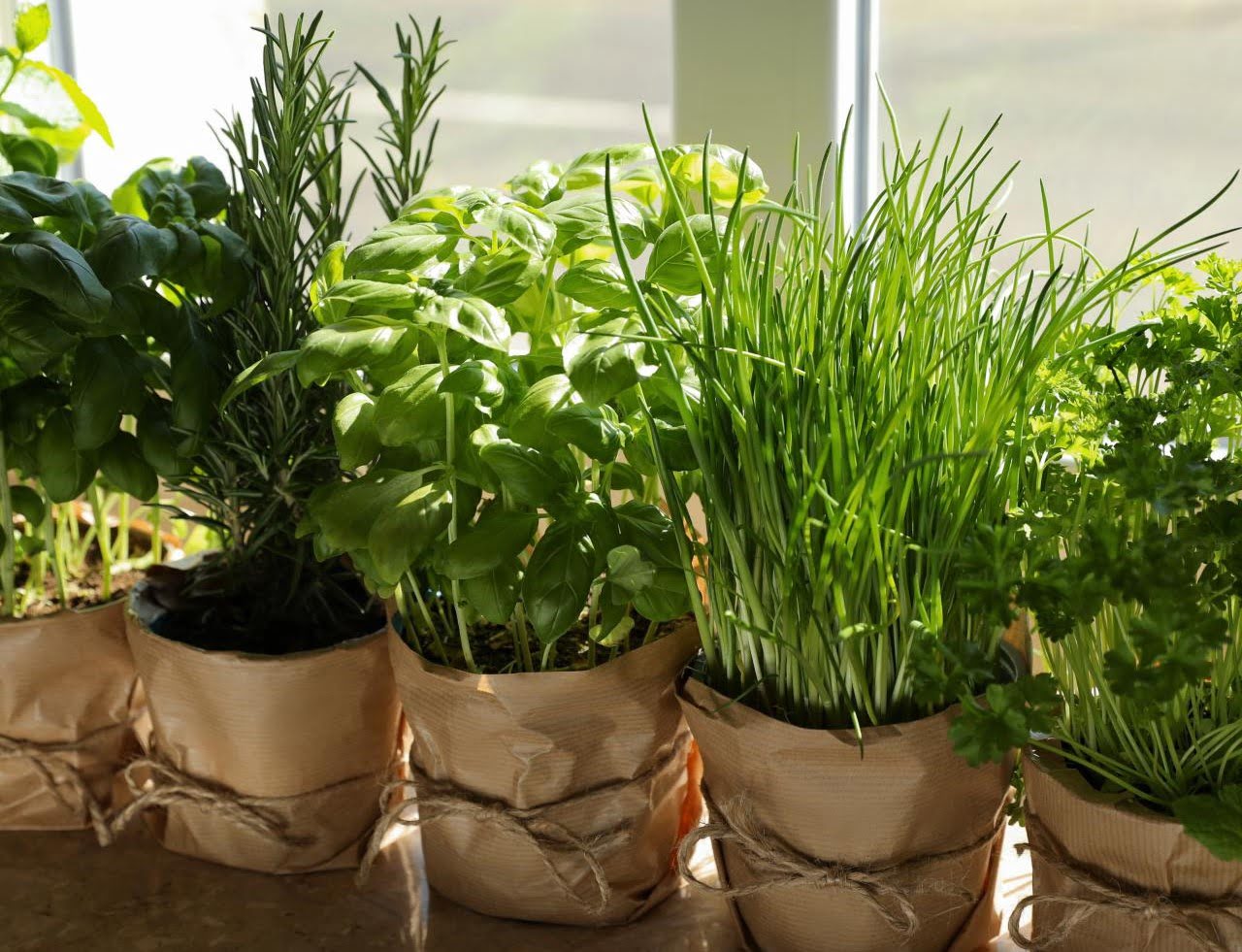
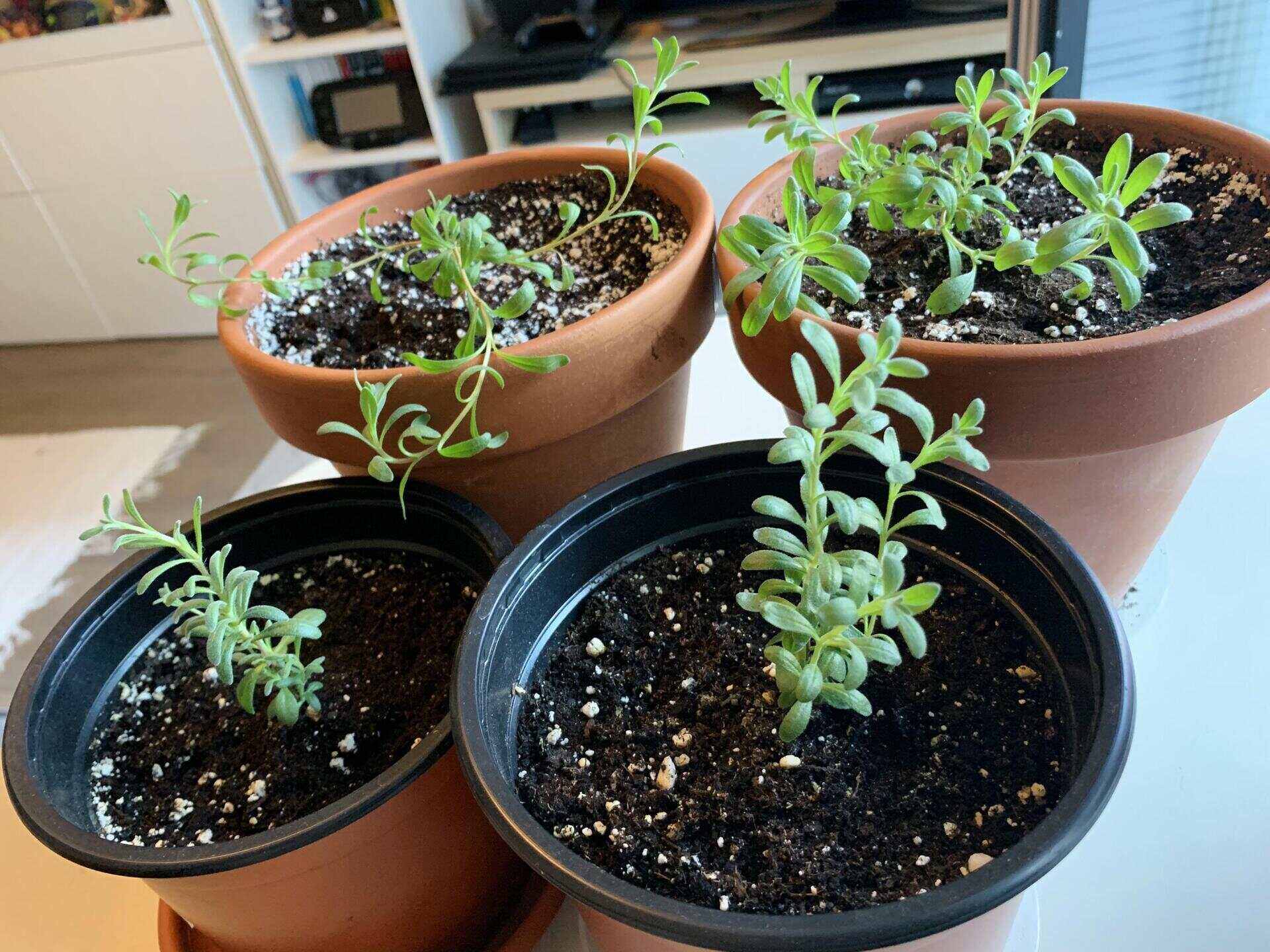
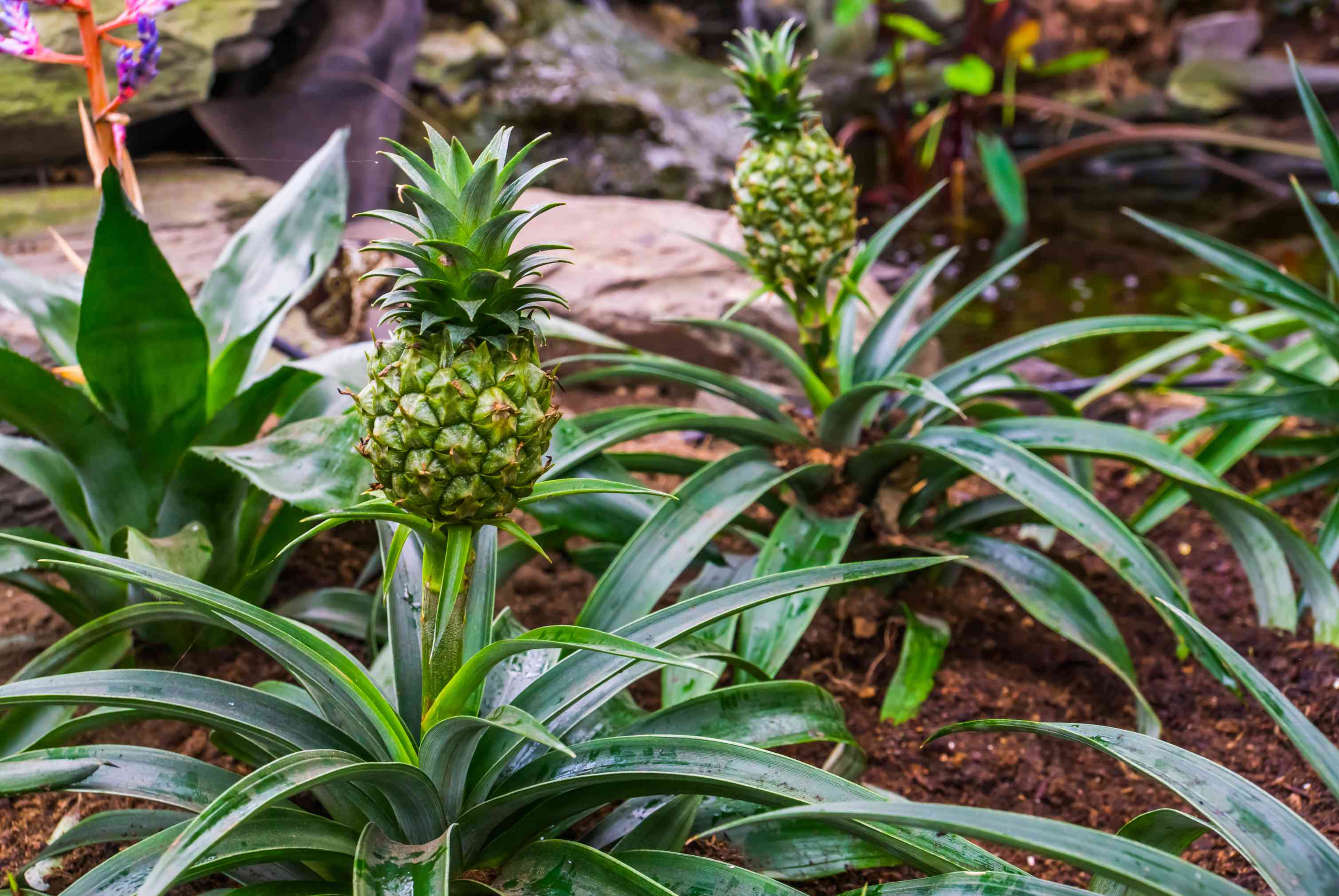
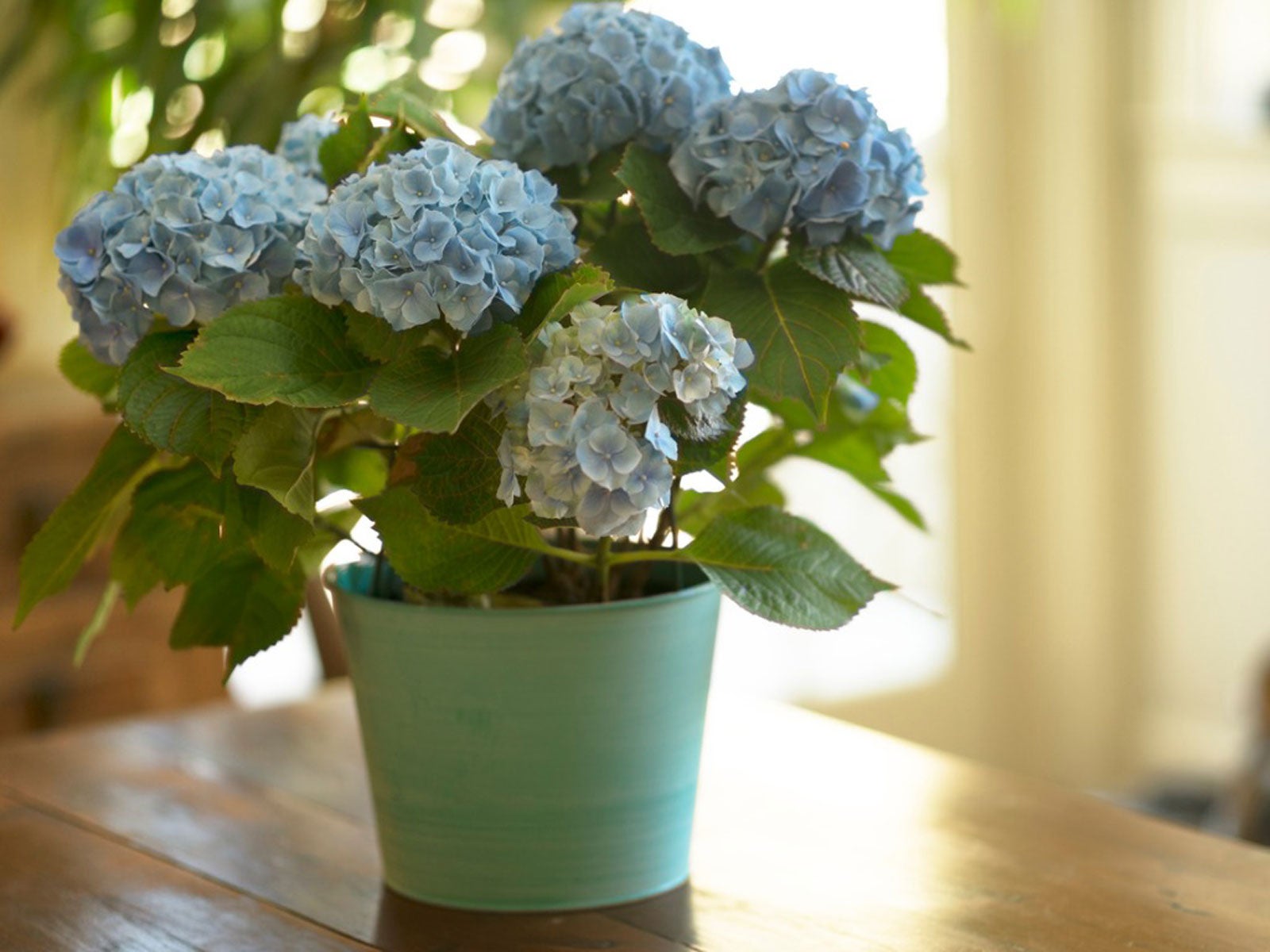
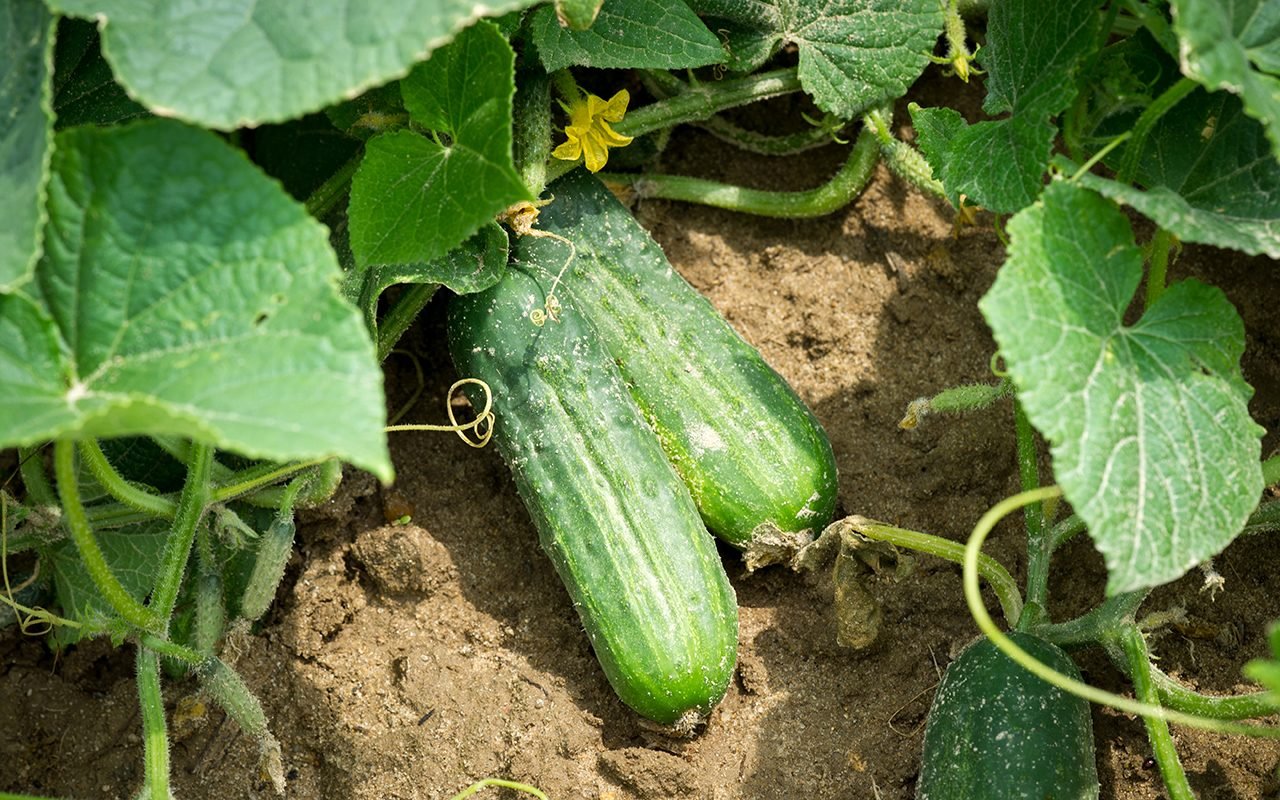
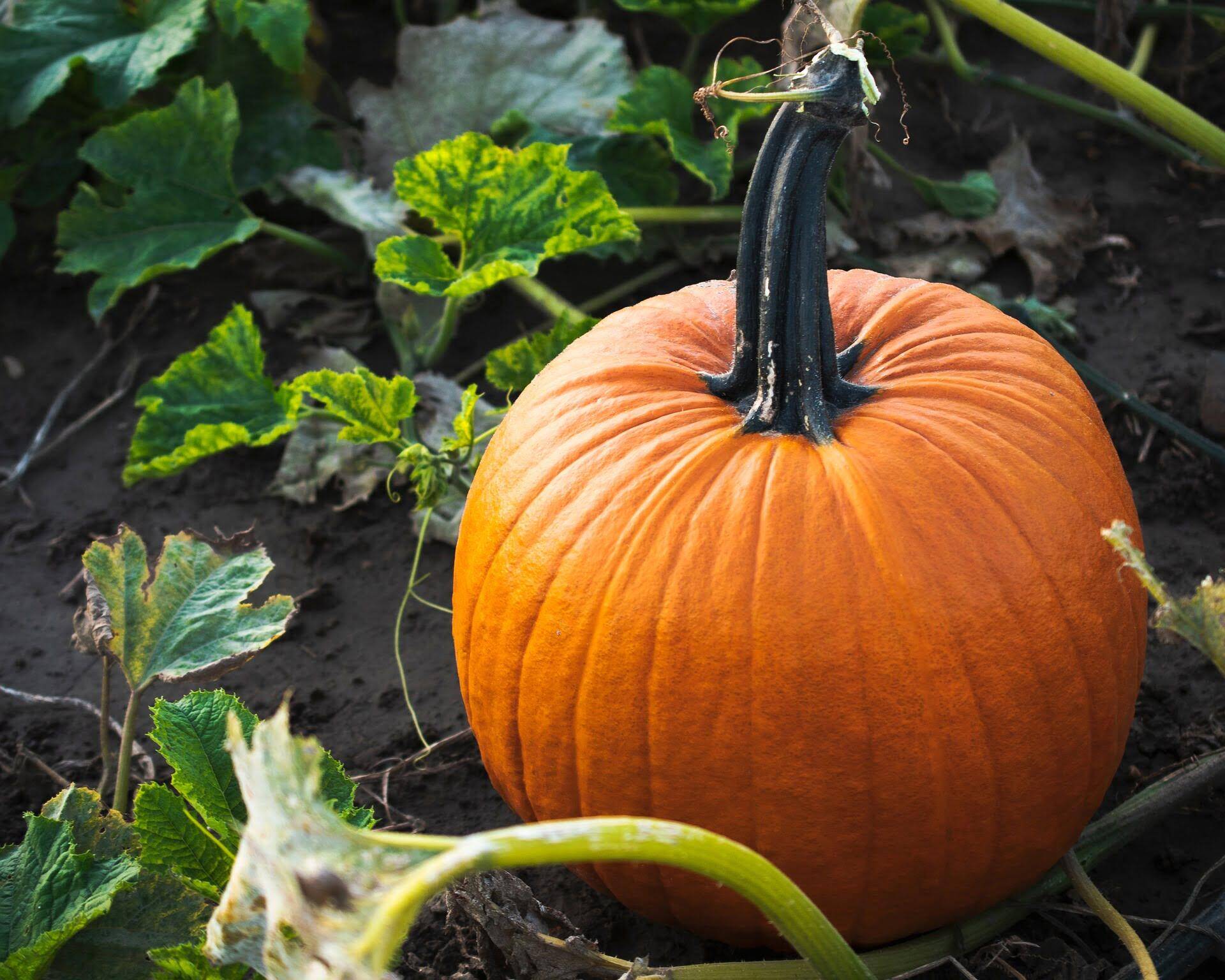
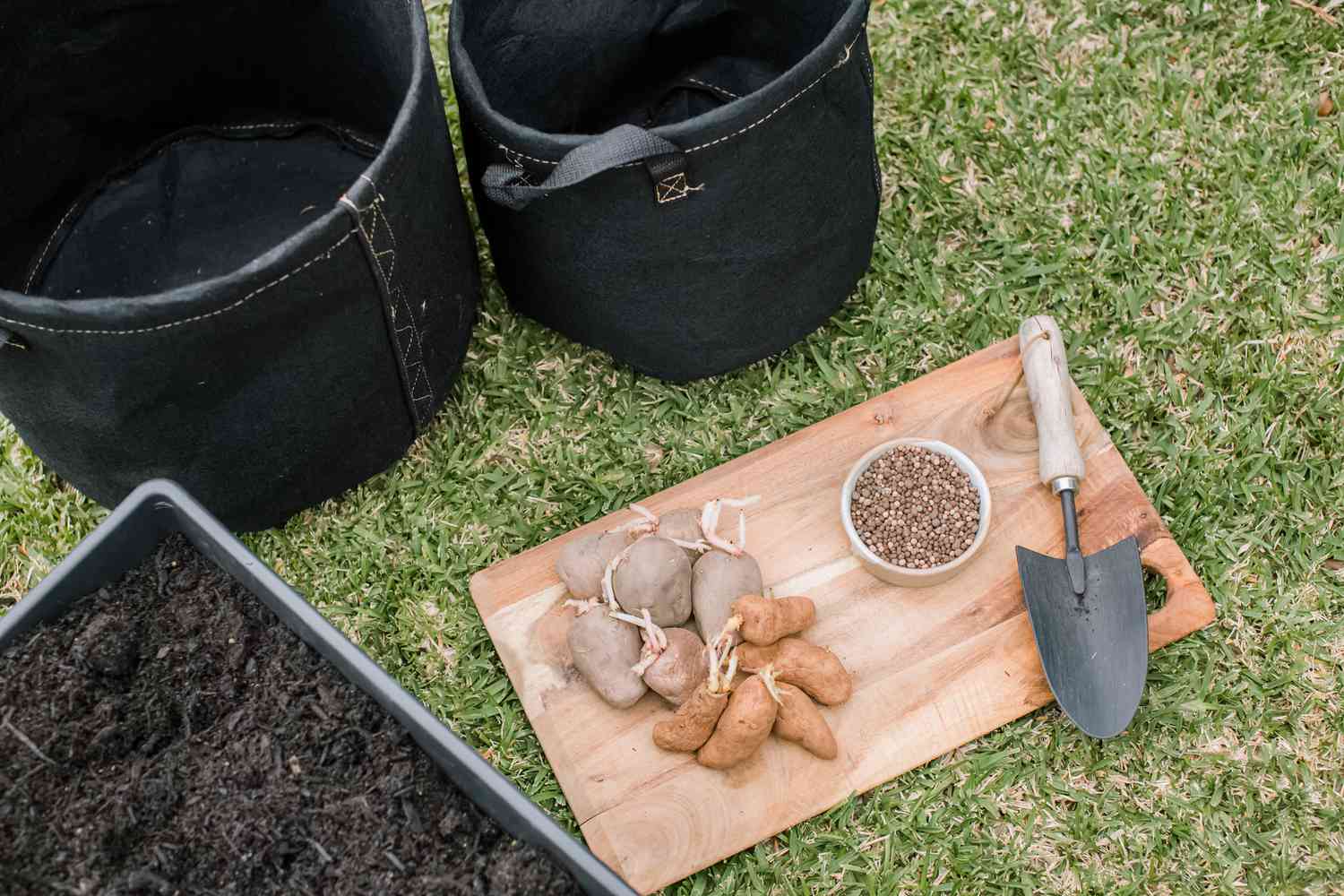
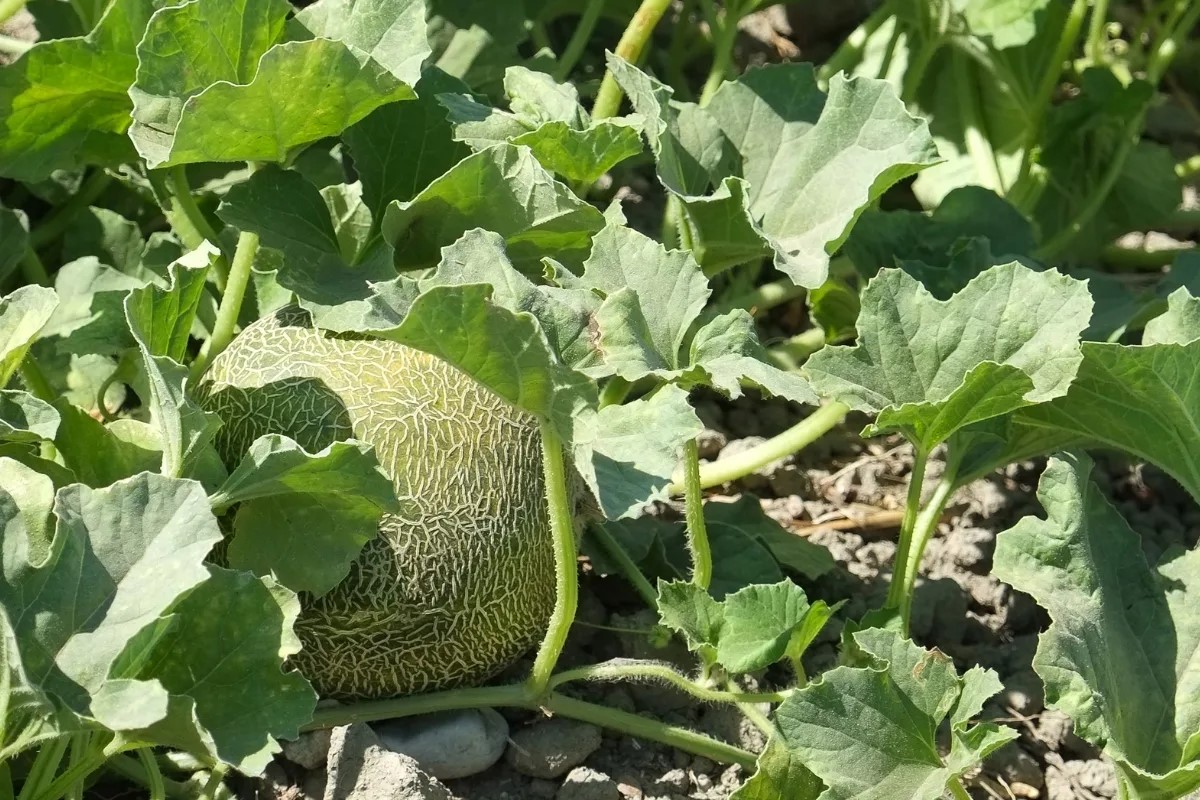
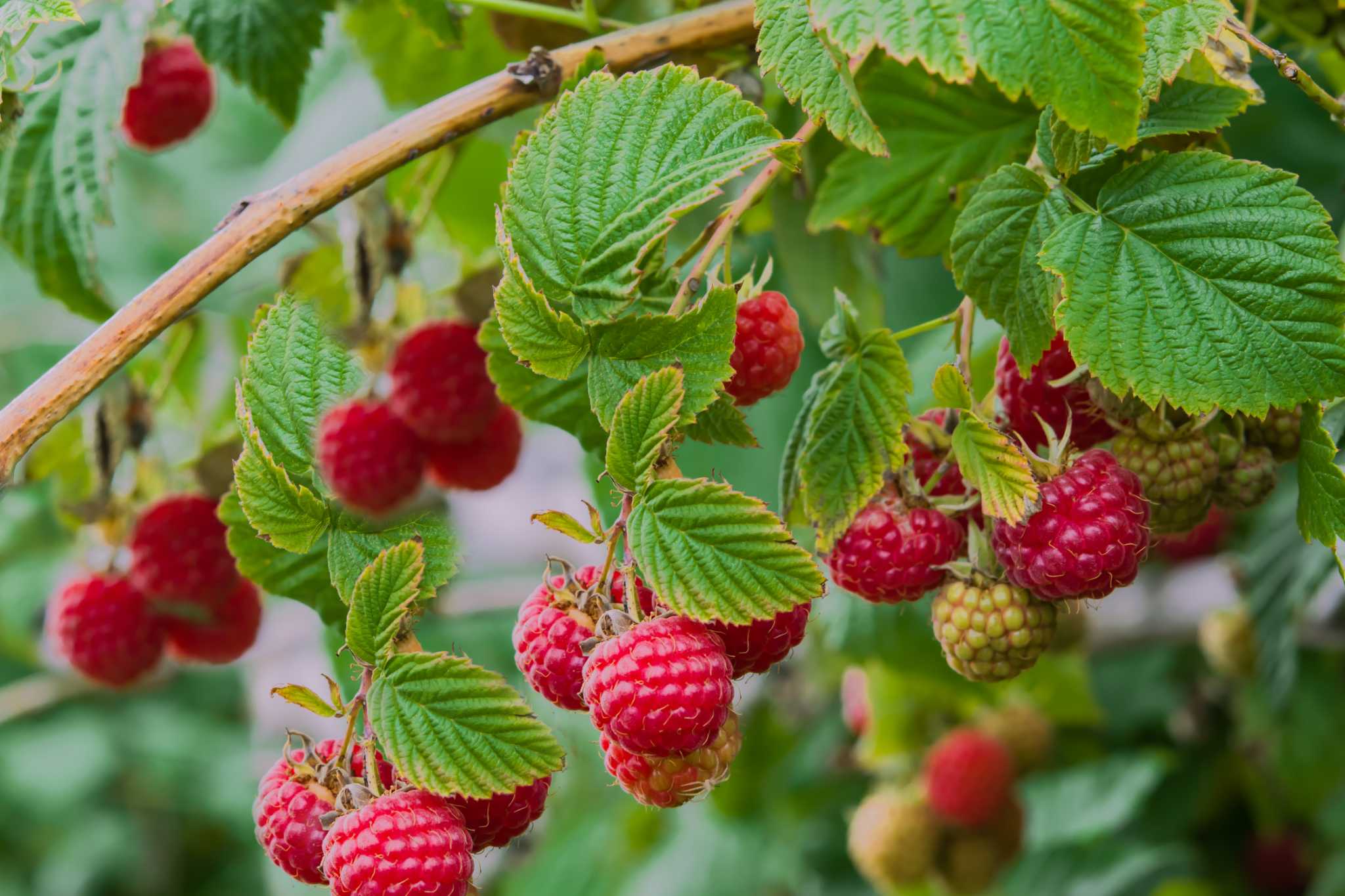
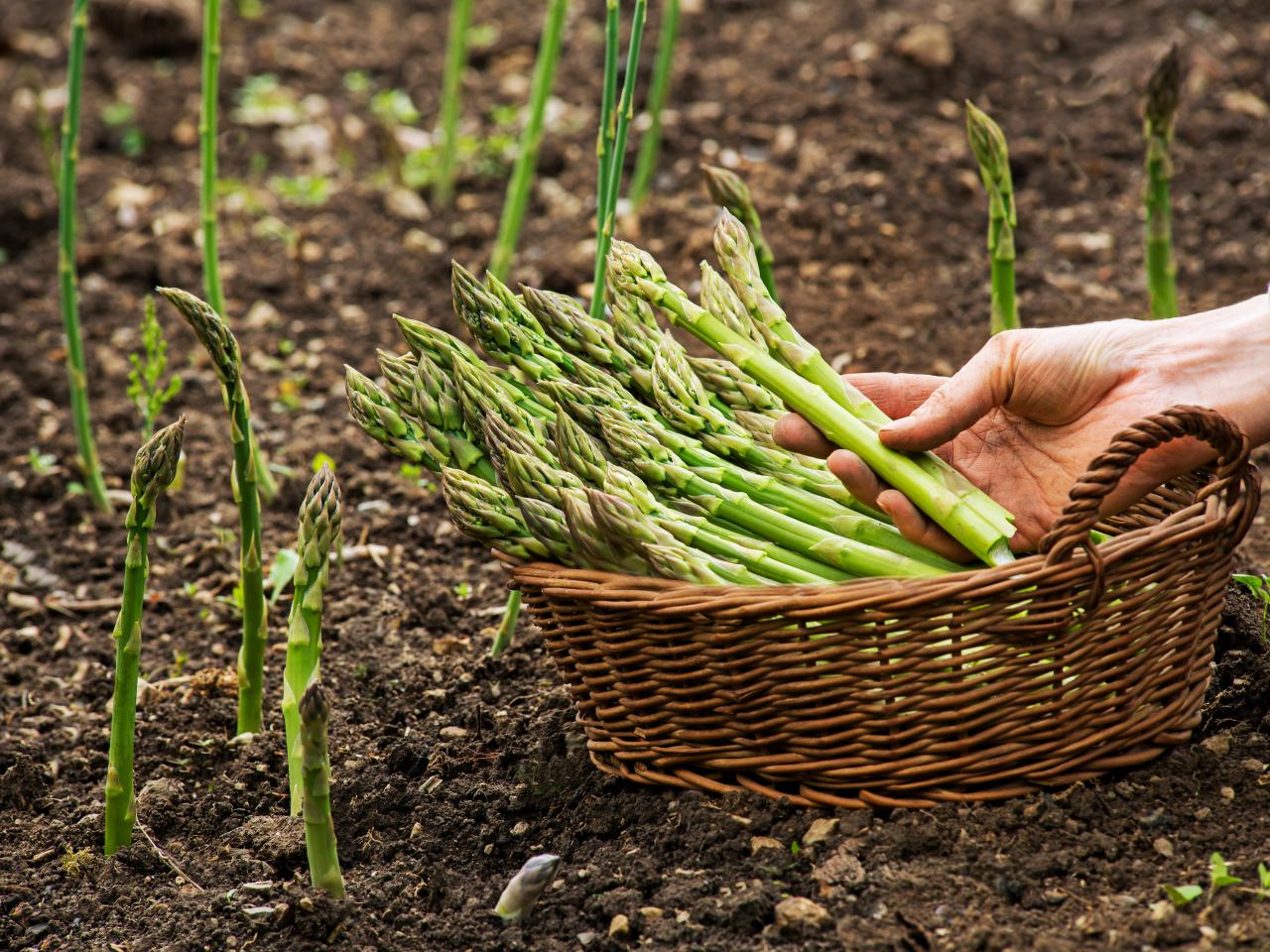
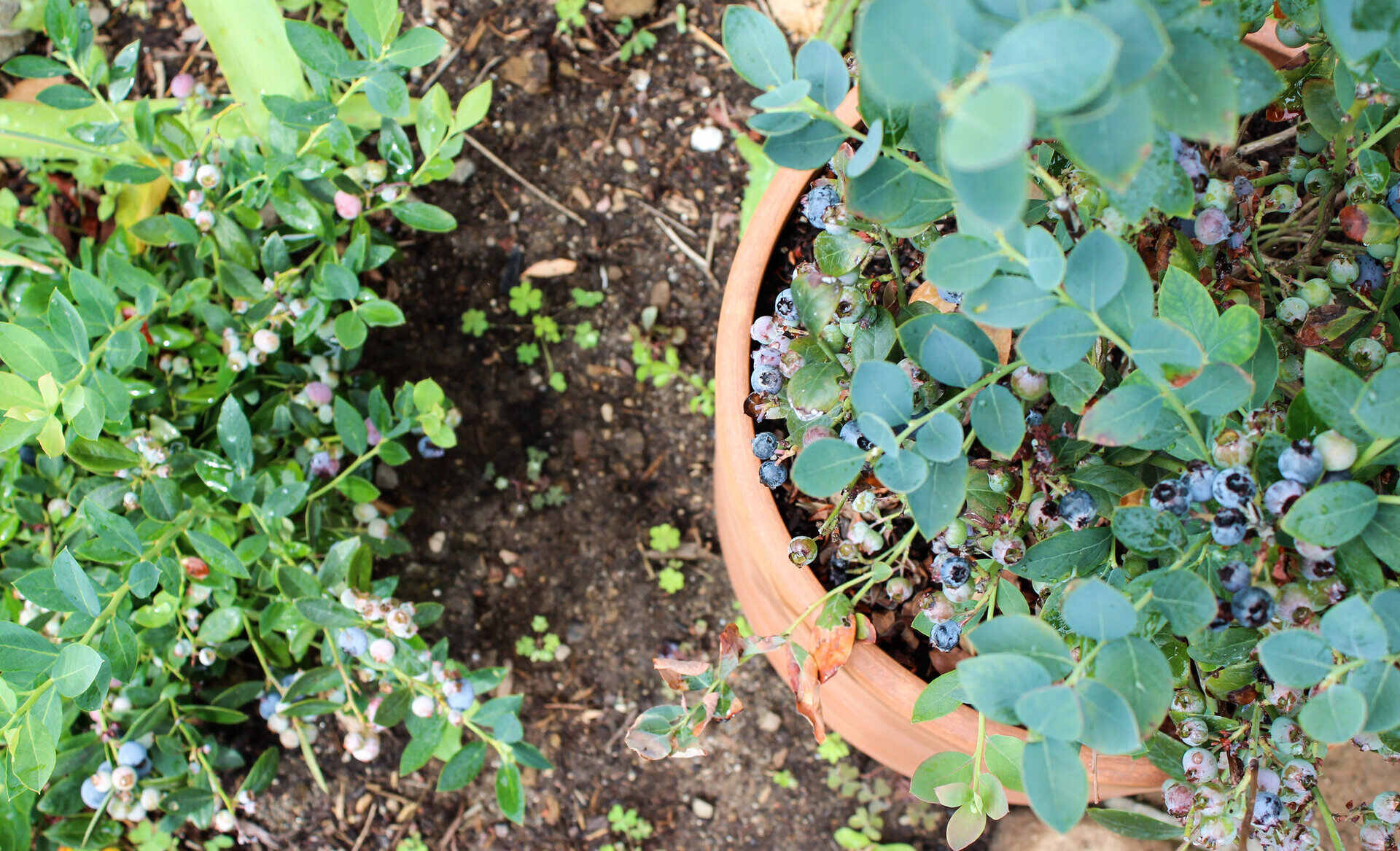
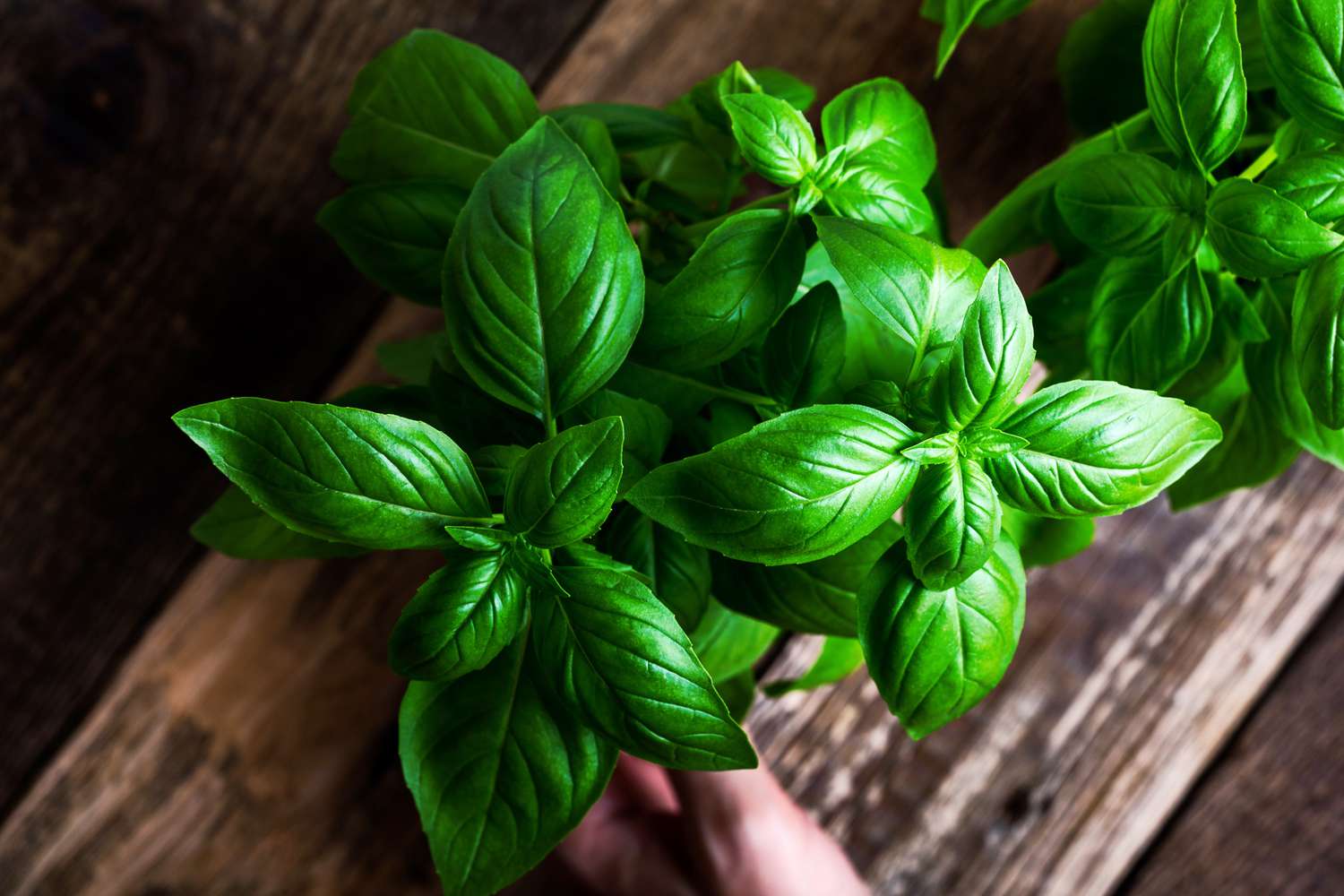
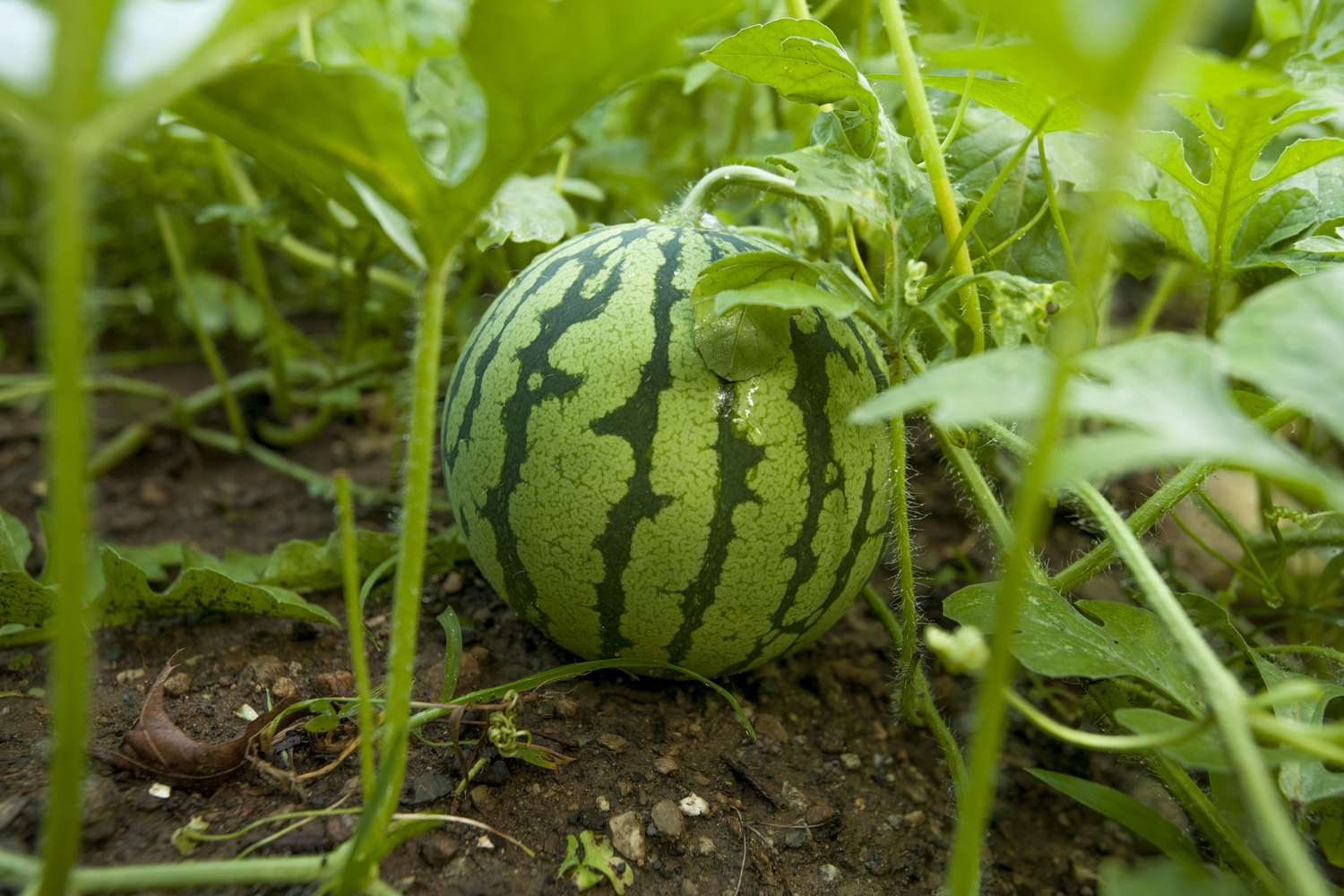

0 thoughts on “How Long To Grow Onions From Seed”